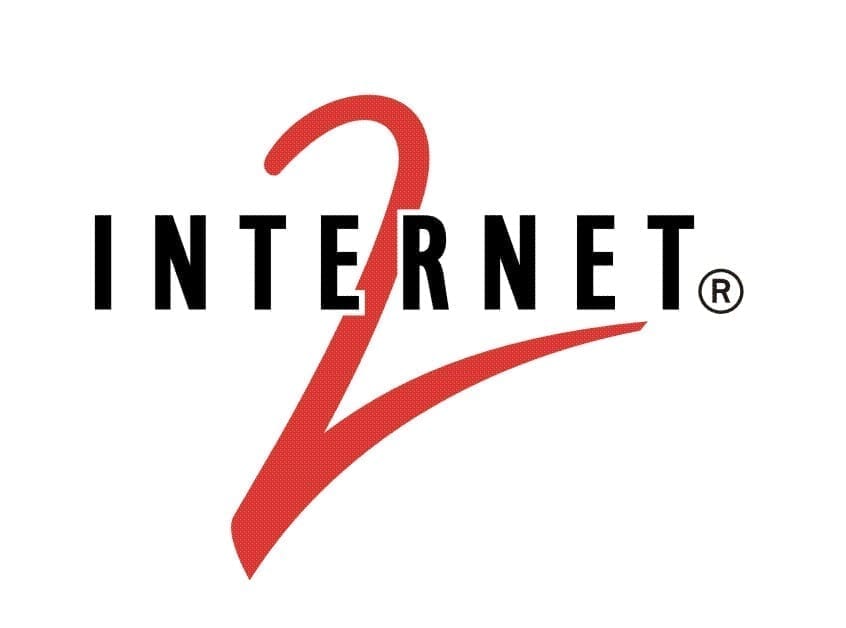Internet2’s Next Generation Infrastructure Will Soon Quadruple OneNet’s Connection to the National Research and Education Network
 OneNet’s connection to the Internet2 national research and education (R&E) network will quadruple as the non-profit organization deploys its next generation infrastructure (NGI) in Oklahoma. OneNet’s connectivity to Internet2’s nationwide R&E network will quadruple from 100 gigabits per second (Gbps) to 400 Gbps, with the ability to quickly add more bandwidth to Internet2 as research needs grow.
OneNet’s connection to the Internet2 national research and education (R&E) network will quadruple as the non-profit organization deploys its next generation infrastructure (NGI) in Oklahoma. OneNet’s connectivity to Internet2’s nationwide R&E network will quadruple from 100 gigabits per second (Gbps) to 400 Gbps, with the ability to quickly add more bandwidth to Internet2 as research needs grow.
The Internet2 NGI program delivers next-generation capabilities and software solutions across its U.S. R&E infrastructure to enable scientific collaboration at a global scale. The new infrastructure boosts capacity incrementing at 400 Gbps, on-demand cloud-connectivity, and a lower carbon footprint.
Internet2’s NGI program focuses on meeting the research and education community’s requirements for research, cloud, automation, economies and ecosystem collaboration. When the NGI program planning phase with Internet2 community members started back in 2018, those discussions were centered on updating the Internet2 infrastructure, the service models, and increasing cross-organization collaboration.
“Scientific research today requires bringing massive amounts of data from various locations to where researchers are,” said George Loftus, Internet2 AVP of Network Services. “Internet2 NGI’s capabilities provide more flexible and fluid access to online data sets. And as a result, it can even enable more complex interdisciplinary collaboration through processing large online data sets. It changes the nature of scientific collaboration.”
Internet2 is a community providing a secure high-speed network, cloud solutions, research support, and services tailored for research and education. It serves 323 U.S. universities, 60 government agencies, 45 regional and state education networks and through them supports more than 80,000 community anchor institutions.
OneNet has provided Internet2 connectivity for Oklahoma’s research universities since 1999. Today OneNet customers, who include community anchor institutions such as higher education campuses, K-12 schools, libraries, career-techs and health care providers, have access to Internet2’s nationwide network. In Oklahoma, OneNet’s Internet2 connection supports leading-edge research in areas such as high-energy physics, climate modeling, genomics, bioscience, earthquake sensing and weather forecasting
Internet2’s new network infrastructure between the East and West coasts will feature multiple contiguous routes equipped with 800 Gbps of bandwidth. This will provide abundant headroom to support big data research across disciplines, including the Large Hadron Collider, infectious disease research among academic medical centers, and access to global genomics databases. This headroom will benefit numerous Oklahoma researchers including those who participate in research at the Large Hadron Collider.
The upgraded Internet2 Network, which connects U.S. universities and government agencies, and supports community anchor institutions, will feature software interfaces and orchestration capabilities that enable an edge-to-edge R&E ecosystem, ultimately providing a seamless user experience for both researchers and campus administrators. A move to segment routing with multiprotocol label switching (SR-MPLS) and Ethernet virtual private network (EVPN) will allow researcher applications to eventually claim up to an entire 400G link for a particular application while other network uses are dynamically moved to other paths.
OneNet connects to Internet2 in Tulsa through the Great Plains Network (GPN), a consortium of research and education networks and universities in the Midwest and Great Plains who collaborate and utilize cyberinfrastructure to support big data. With Internet2’s NGI completion, GPN will have 800 Gbps of bandwidth to Internet2, divided between Kansas City and Tulsa. The connection in Tulsa supports OneNet’s R&E internet traffic and peering sessions with other networks across the country.
“The jump to 400 Gbps connectivity is a game-changer for Oklahoma,” said Vonley Royal, OneNet executive director. “Our state’s researchers will have ultra-fast network capacity to connect to other researchers across the country and around the world. The new connectivity furthers OneNet’s mission to advance technology across Oklahoma and is a boost to Oklahoma’s research community, educational initiatives and economy.”

